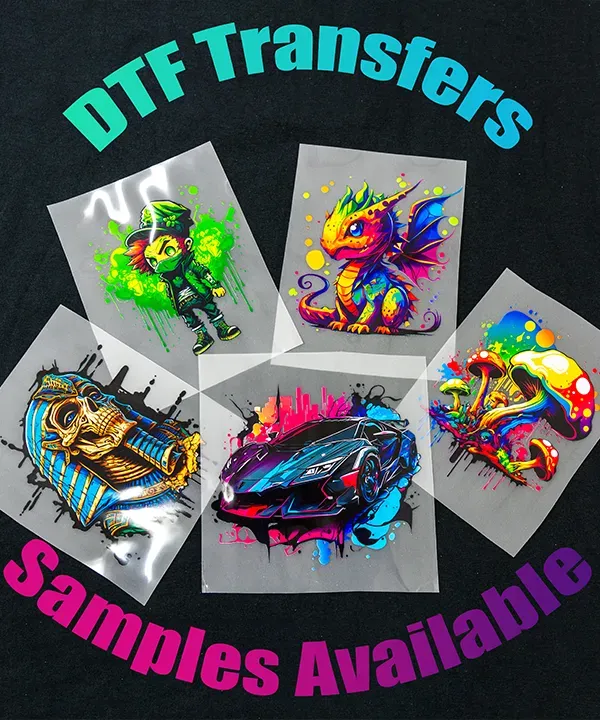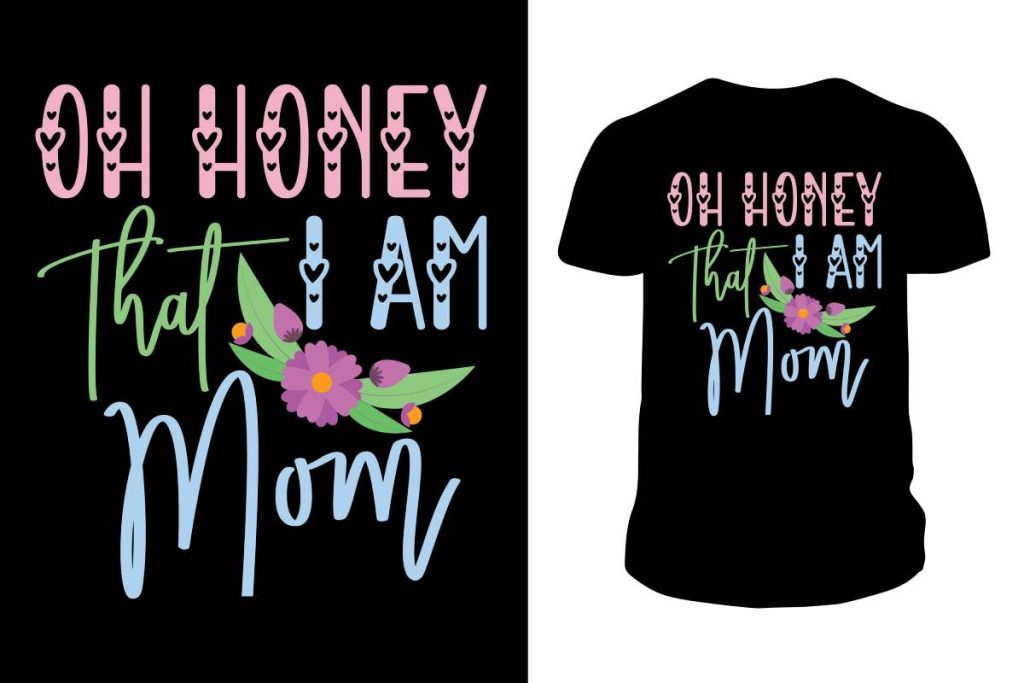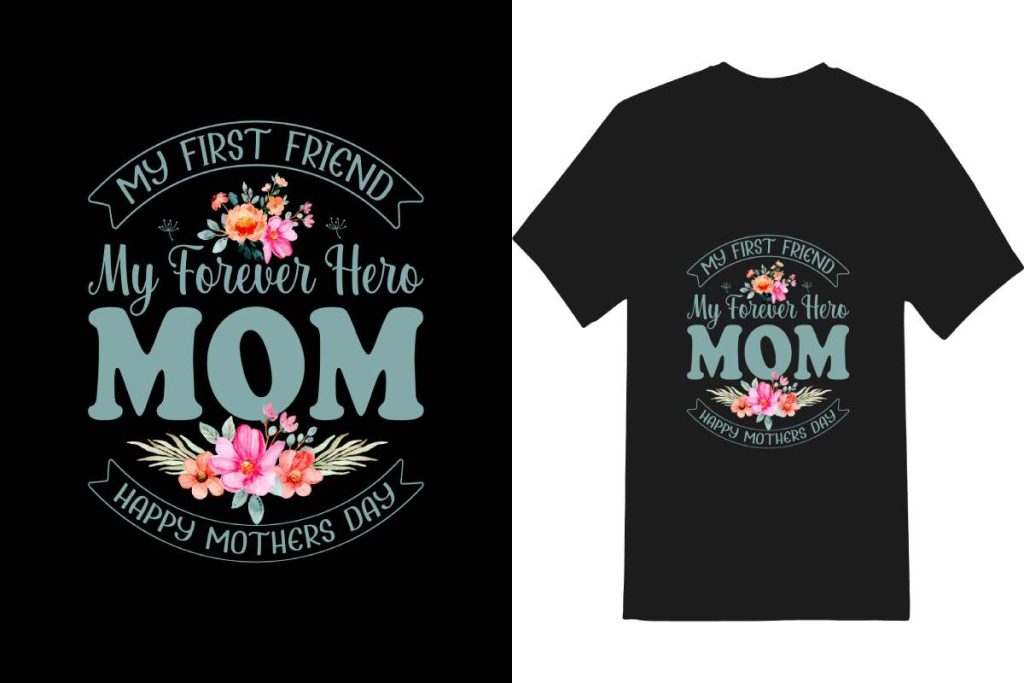In the world of custom apparel, **DTF transfers** have emerged as a cutting-edge technique that streamlines the printing process and enhances design versatility. Standing for Direct-to-Film printing, this innovative approach allows users to print intricate designs directly onto a special film, which can then be transferred onto a variety of textiles with exceptional durability. With the rise of consumer demand for unique garments, the DTF printing technology offers the perfect solution for businesses looking to produce high-quality apparel without compromising on detail or color vibrancy. As more brands embrace the benefits of DTF transfers, the market for this technology is experiencing significant growth, making it an essential topic for any apparel entrepreneur. Dive into the world of DTF transfers and discover how this method can revolutionize your custom clothing offerings.
Direct-to-Film printing, often referred to as DTF technology, represents a substantial leap in the realm of textile printing. This innovative method allows businesses and creators to apply designs on various fabrics by utilizing a film-based transfer process, which enhances both precision and quality in print applications. As the trends in custom apparel evolve, the advantages of utilizing film transfers become increasingly apparent, allowing for greater creativity and product differentiation in the fashion industry. Furthermore, the potential growth in the DTF print market highlights the relevance of this technology in meeting the rising consumer demand for personalized and high-quality garments. Understanding alternative terms and techniques associated with DTF can provide deeper insights into its benefits and applications.
Understanding DTF Printing Technology
Direct-to-Film (DTF) printing technology represents a groundbreaking approach in the world of garment decoration. This innovative method allows for the seamless transfer of intricate designs onto various fabrics, utilizing a unique process that combines high-resolution printing with durable adhesives. By harnessing the advanced capabilities of modern printing inks, DTF printing produces vibrant colors and detailed graphics, making it a preferred choice for those in the custom apparel industry. The technology not only caters to a broad range of textiles—ranging from cotton to polyester—but also delivers consistent quality, which is vital for producing eye-catching custom designs.
As the DTF print market grows rapidly, many businesses are beginning to recognize the potential of this technology. Unlike traditional methods, such as screen printing, DTF enables quicker turnarounds for small-volume orders without compromising on quality. This flexibility is particularly important in today’s fast-paced fashion environment, where consumer preferences shift rapidly. With the rise of personalized products, DTF printing technology is likely to continue its upward trajectory, offering businesses robust solutions to meet the demands for unique, customized apparel.
The Benefits of DTF Transfers in Custom Apparel
Choosing DTF transfers for custom apparel comes with a host of benefits that set it apart from other printing techniques. One of the primary advantages is the high-quality output that DTF offers. With its ability to produce vivid colors and intricate details on fabric, DTF ensures that designs look professional and appealing. This level of detail is essential for businesses looking to make an impact in the competitive custom apparel market, where aesthetics can significantly influence consumer purchasing decisions.
Another key benefit of DTF transfers is their wide material compatibility. Whether creating t-shirts, hoodies, or bags, DTF prints adhere well to various textile types, providing versatility for apparel manufacturers. Moreover, the durability of DTF prints means that they remain vibrant and intact even after multiple washes, addressing one of the primary concerns that customers have about printed clothing. This provides business owners with confidence in their investment, knowing that DTF transfers will meet their quality expectations.
Exploring the Growth of the DTF Print Market
The DTF print market has experienced significant growth in recent years, driven by an increasing demand for personalized apparel and customization options. As consumers continue to seek unique clothing items that reflect their individual styles, businesses in the fashion industry are turning to DTF printing as a reliable solution. Research indicates that the versatility and adaptability of DTF technology are major factors contributing to its rising popularity, making it an attractive option for both small startups and established companies alike.
Moreover, the market is witnessing technological advancements that are enhancing the efficiency of DTF printing. Innovations in equipment and inks are not only improving print quality but also increasing production speeds. As a result, companies can scale their operations and respond more rapidly to market demands. This growth opens up opportunities for businesses to tap into niches within the custom apparel sector, thus fostering a competitive edge that can translate into greater market presence.
Innovations Enhancing DTF Transfers
The DTF printing landscape is continuously progressing, with recent innovations that are revolutionizing the way designs are transferred onto fabric. The introduction of eco-friendly DTF inks is a notable advancement, catering to growing consumer demand for sustainable and responsible manufacturing practices. Environmental considerations are becoming crucial for modern businesses, and adopting these green alternatives positions companies favorably in the eyes of eco-conscious consumers.
Additionally, advancements in the machinery used for DTF printing are making processes faster and more efficient. Enhanced printer models can handle higher volumes with improved accuracy, reducing both labor costs and production times. This technology allows businesses to maintain high standards while meeting urgent fulfillment requirements without sacrificing quality, which is vital in today’s competitive market.
Challenges in DTF Printing Operations
Despite the numerous benefits offered by DTF transfers, there are challenges that businesses must navigate to leverage this technology effectively. One primary concern is the initial equipment investment required to get started with DTF printing. The cost of high-quality printers and heat presses may pose a barrier for some smaller businesses or individuals looking to enter the market. However, as the popularity of DTF technology increases, prices for equipment are becoming more accessible, paving the way for broader industry adoption.
Technical skill also plays a crucial role in the success of DTF printing operations. Ensuring the correct application of adhesive and understanding the nuances of the printing process is essential for achieving quality results. As such, companies must invest in training and development to equip their staff with the necessary skills and knowledge to operate DTF equipment proficiently. With the right training and investment, businesses can overcome these initial hurdles and unlock the full potential of DTF printing.
The Future of DTF Printing and Custom Apparel
Looking ahead, the future of DTF printing in the custom apparel market appears promising. As the trend for personalized and unique clothing continues to thrive, DTF transfers are positioned to become an integral part of this growing sector. The ability to create eye-catching designs that cater to individual preferences is expected to keep consumers engaged and intrigued, ultimately driving demand for DTF products.
Additionally, ongoing technological advancements are likely to open new avenues for customization and design capabilities within DTF printing. Innovations in ink formulations and hardware will enhance the quality of DTF prints even further, making them more appealing for businesses and consumers alike. As these developments unfold, companies that embrace DTF transfers will likely enjoy a substantial competitive advantage as the landscape of custom apparel continues to evolve.
Frequently Asked Questions
What are the benefits of using DTF transfers for custom apparel?
DTF transfers offer numerous benefits for custom apparel, including high-quality output with vibrant colors, wide material compatibility suitable for various fabrics, and exceptional durability that withstands repeated washing. Additionally, DTF printing is cost-effective for small runs, making it ideal for businesses looking to produce custom designs without hefty setup costs.
How does Direct-to-Film printing work?
Direct-to-Film (DTF) printing involves several steps: First, a digital design is created and printed onto a special transfer film using DTF inks. Then, an adhesive powder is applied to the wet ink. Finally, heat and pressure are utilized to transfer the design from the film directly onto the fabric, ensuring high-resolution prints.
What types of materials can be printed on with DTF transfers?
DTF transfers can be applied to a wide range of materials, including cotton, polyester, and fabric blends. This versatility makes DTF printing an ideal choice for various custom apparel applications, allowing designers to create unique and personalized items across different fabric types.
What is driving the growth of the DTF print market?
The growth of the DTF print market is driven by rising demand for personalized apparel and innovations in printing technology. As more businesses recognize the advantages of DTF printing, including eco-friendly initiatives and improved production efficiency, the market continues to expand, catering to consumer preferences for customized and sustainable products.
What are some challenges associated with DTF printing technology?
Despite its advantages, DTF printing can present challenges, such as the initial equipment investment for printers and heat presses, which may deter smaller businesses. Additionally, successful DTF printing requires specific technical skills and proper training to ensure effective application of the adhesive and print.
Is DTF printing eco-friendly compared to other printing methods?
Yes, DTF printing has the potential to be more eco-friendly than traditional printing methods. Many manufacturers are developing sustainable DTF inks that reduce environmental impact, aligning with consumer preferences for environmentally responsible products. This shift towards sustainable practices enhances the appeal of DTF printing within the custom apparel market.
| Key Point | Description |
|---|---|
| DTF Transfers Overview | DTF transfers are a modern printing method that applies designs directly to fabric using a specialized transfer film. |
| Printing Process Steps | 1. Design creation 2. Printing on transfer film 3. Adhesive application 4. Heat transfer to fabric |
| Advantages | Includes high-quality output, compatibility with various materials, durability against wear, and cost-effectiveness for small runs. |
| Market Innovations | Growth in demand for personalized apparel, eco-friendly inks development, and advancements in DTF technology for efficiency. |
| Challenges | Initial equipment investment and required skills for successful application remain potential barriers for some businesses. |
Summary
DTF Transfers have significantly transformed the fabric printing landscape by providing a high-quality, durable, and versatile option for applying designs to textiles. This innovative technique stands out due to its ability to produce vibrant prints on a wide range of materials while being cost-effective for small runs. As the demand for customized apparel continues to rise, the DTF printing market is set to expand, embracing new eco-friendly technologies and operational efficiencies that enhance the user experience. Understanding DTF Transfers is essential for those immersed in fashion and custom apparel, as these advancements promise to reshape the industry, providing both businesses and consumers with ample opportunity for creative expression.



